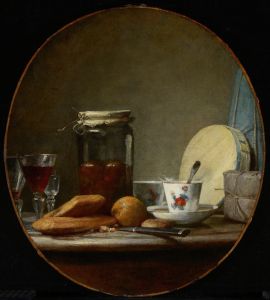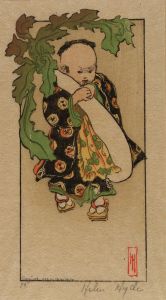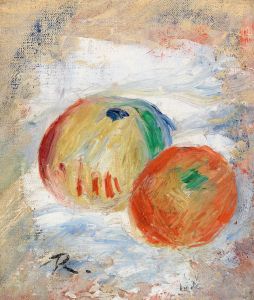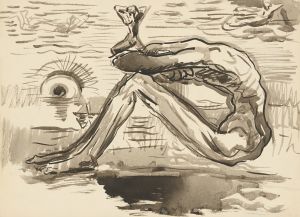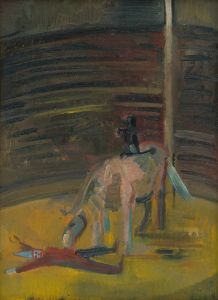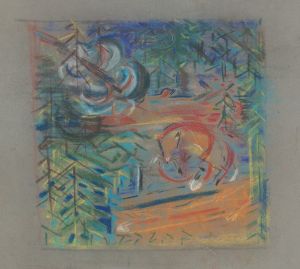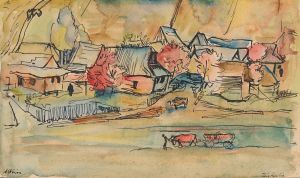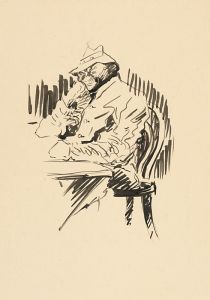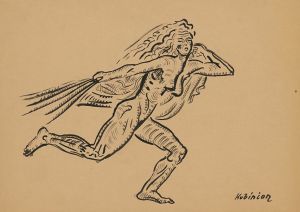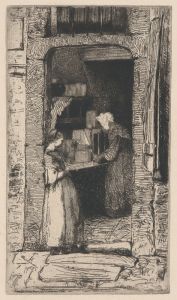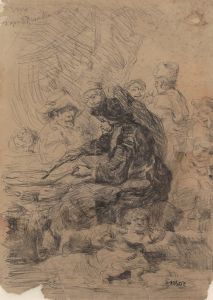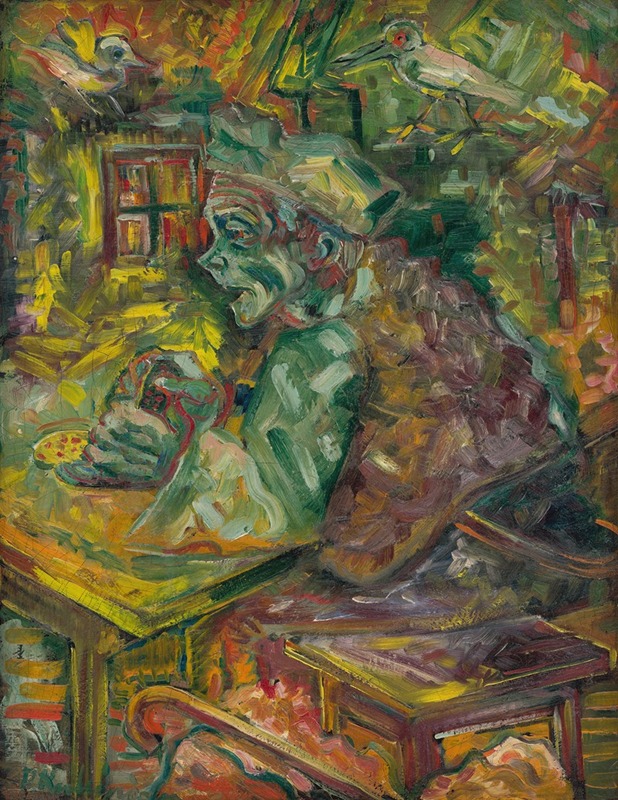
At the Table
A hand-painted replica of Arnold Peter Weisz-Kubínčan’s masterpiece At the Table, meticulously crafted by professional artists to capture the true essence of the original. Each piece is created with museum-quality canvas and rare mineral pigments, carefully painted by experienced artists with delicate brushstrokes and rich, layered colors to perfectly recreate the texture of the original artwork. Unlike machine-printed reproductions, this hand-painted version brings the painting to life, infused with the artist’s emotions and skill in every stroke. Whether for personal collection or home decoration, it instantly elevates the artistic atmosphere of any space.
Arnold Peter Weisz-Kubínčan was a Slovak-Jewish painter and graphic artist, born in 1898 in Dolný Kubín, Slovakia, and tragically murdered in 1944 during the Holocaust. His work is characterized by its modernist style, blending elements of Expressionism, Cubism, and Symbolism. Despite his relatively short life, Weisz-Kubínčan left behind a body of work that reflects his deep engagement with themes of humanity, spirituality, and the complexities of modern existence.
One of his notable works, At the Table, exemplifies his artistic approach. The painting depicts a group of figures gathered around a table, rendered in a style that combines geometric abstraction with emotional intensity. The composition is marked by bold lines, fragmented forms, and a dynamic interplay of light and shadow, which together create a sense of tension and introspection. The figures in the painting appear to be engaged in a moment of communal interaction, yet their expressions and postures suggest a deeper, perhaps more somber, narrative.
At the Table is often interpreted as a reflection of the social and political turmoil of the time, particularly in the context of the rising tide of anti-Semitism and the looming threat of World War II. However, the painting's exact meaning remains open to interpretation, as Weisz-Kubínčan rarely provided explicit explanations for his works. This ambiguity is a hallmark of his art, inviting viewers to engage with the imagery on a personal and emotional level.
Weisz-Kubínčan's career was tragically cut short when he was arrested by the Nazis and deported to a concentration camp, where he was killed in 1944. Much of his work was lost or destroyed during this period, making the surviving pieces, including At the Table, all the more significant. Today, his art is recognized as an important contribution to Slovak modernism and serves as a poignant reminder of the cultural losses suffered during the Holocaust.
Due to the scarcity of surviving documentation about Weisz-Kubínčan's life and work, detailed information about At the Table, such as its creation date, medium, and current location, is not readily available. However, the painting remains a testament to the artist's talent and his ability to convey profound human experiences through his unique visual language.





